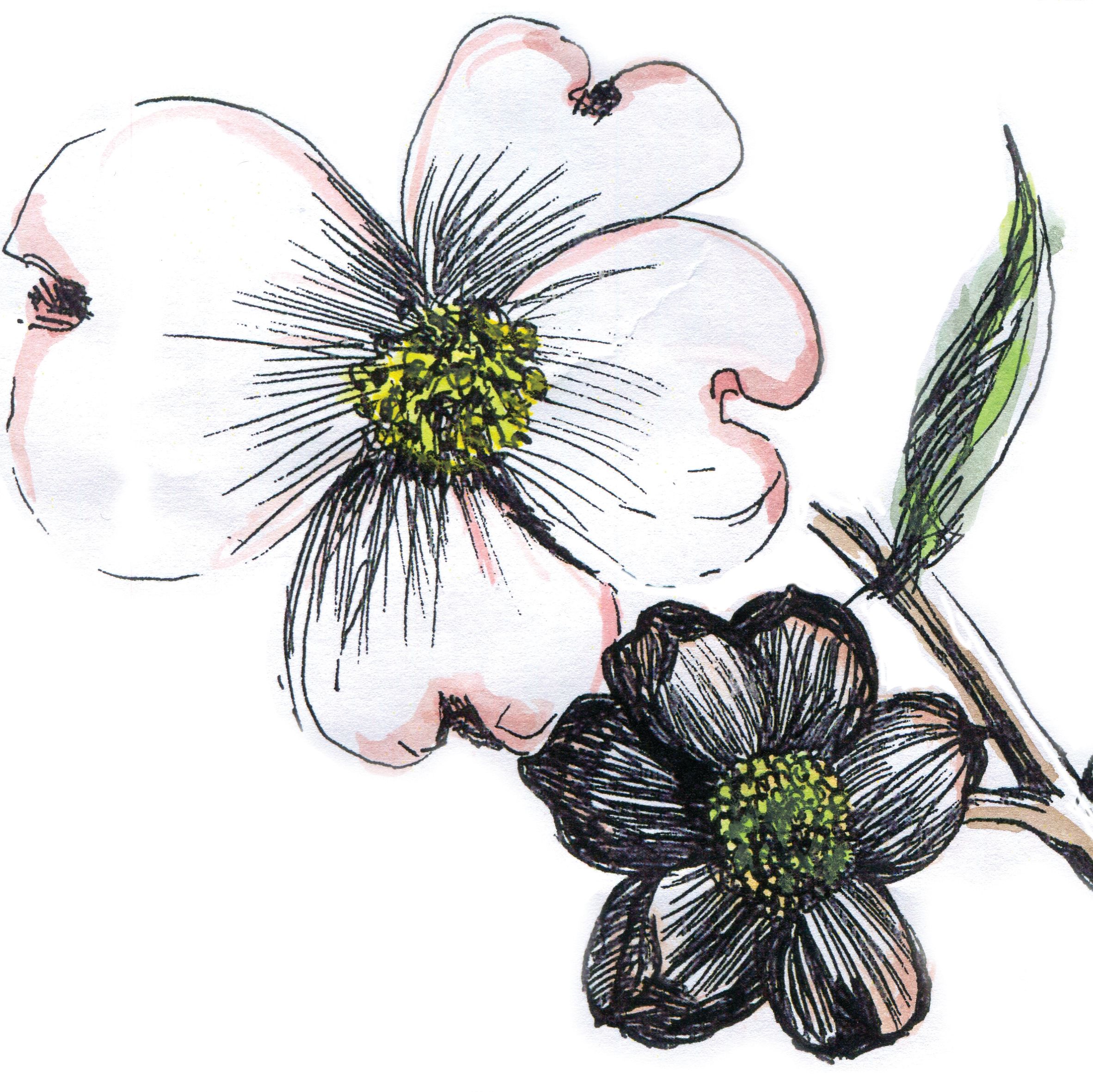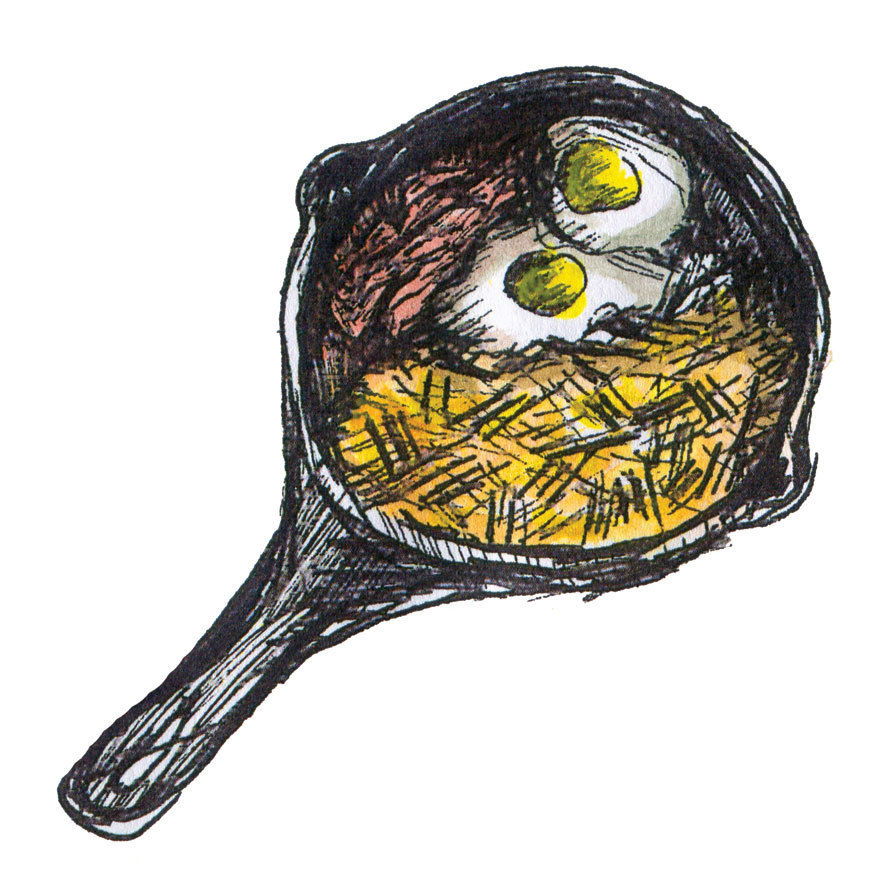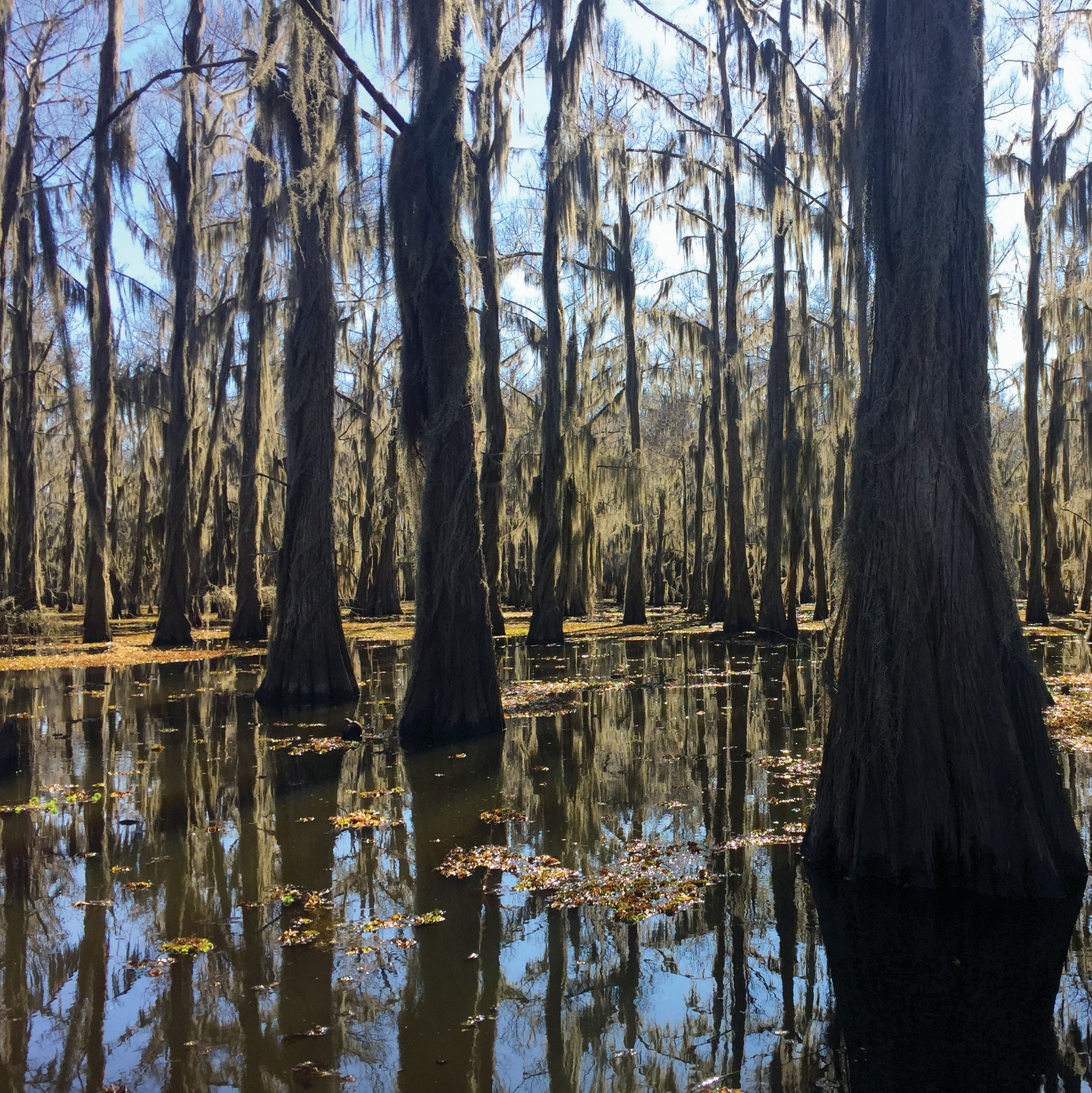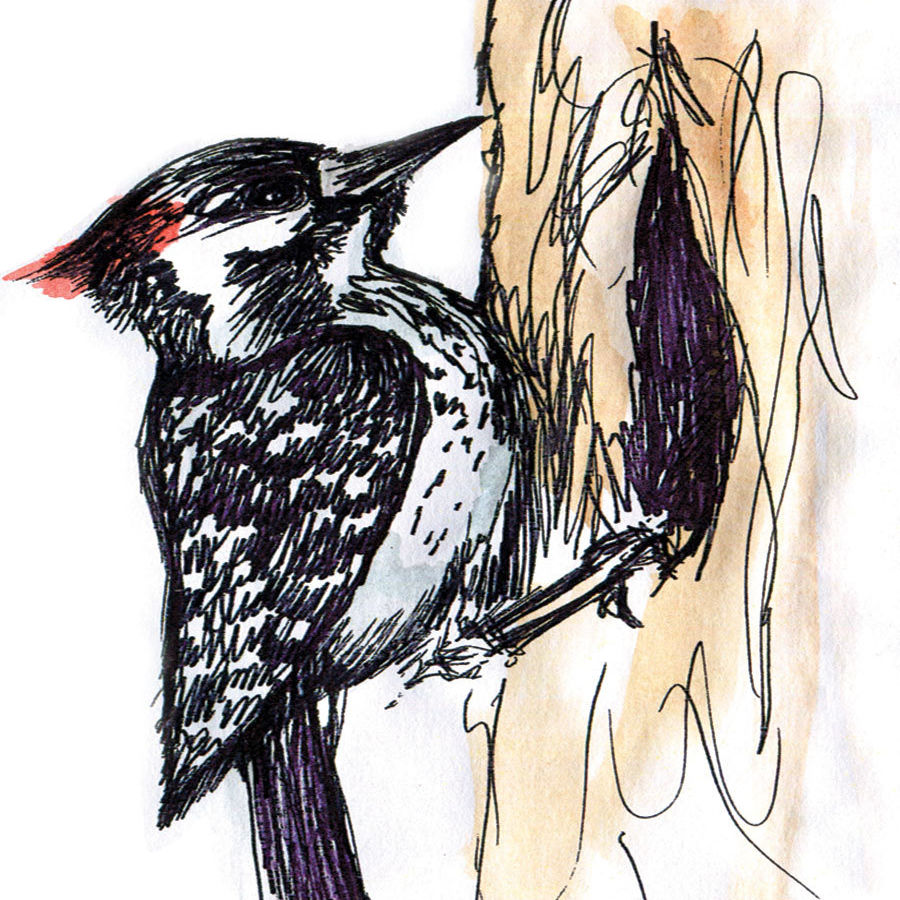For the History Hounds: Mission Tejas State Park
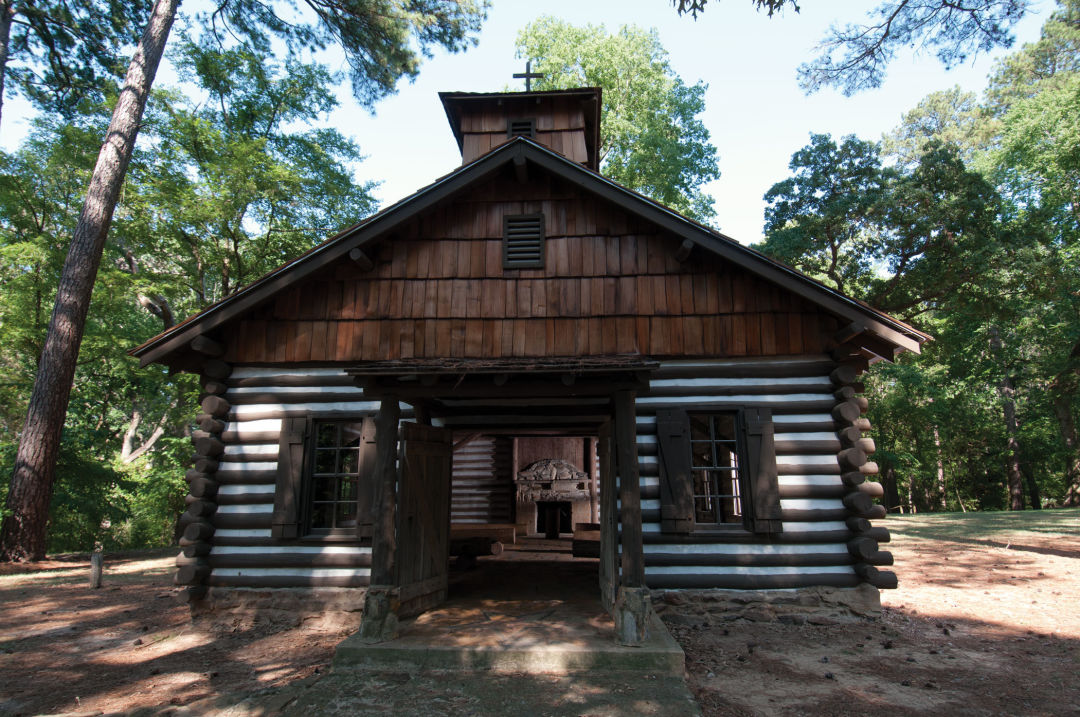
Image: Sean Fitzgerald
In 1693, the Spanish Franciscan priests who built the first mission in East Texas burned their chapel to the ground.
The Nabedache Caddo tribe native to the hills of modern-day Weches believed the holy water the Spaniards had poured on them during forced baptisms had brought death, as smallpox had ravaged their population, killing close to 3,000 Native Americans—people whom the Spanish called Tejas, from the Caddo word for friends. Of course, by then the tribe was no longer feeling friendly.
The Nabedache planned to attack the missionaries, but before that could happen, the Spaniards fled to Mexico, leaving the original Mission San Francisco de los Tejas in ashes.
Centuries later, in 1934, the Texas Historical Commission erected a marker to denote the onetime site of the church, and soon, members of FDR’s Civilian Conservation Corps restored the land that became Mission Tejas State Park and built a reproduction of the 17th-century chapel. A hike down the hill from the wooden structure reveals another legacy of the CCC: “bath tubs,” actually cool, clear springs surrounded by stone and marked with official-looking signs labeled “bathe” and “rinse.”
Modern-day updates to the park have provided replacements for the springs, though they’re still nice for a cold splash to the face on a hot day. There are contemporary showers and restrooms on the 660-acre Mission Tejas State Park, which sits at the northern tip of the expansive, 160,647-acre Davy Crockett National Forest.
Most visitors stay in tents or RVs at campsites, but I’m a history buff, not an outdoorswoman. I made nearby Palestine (pronounced “PAL-uh-steen”) my home base, where I stayed at the grand Victorian Fig Tree Manor and ambled the streets of the little-changed railroad town, which dates to 1846.
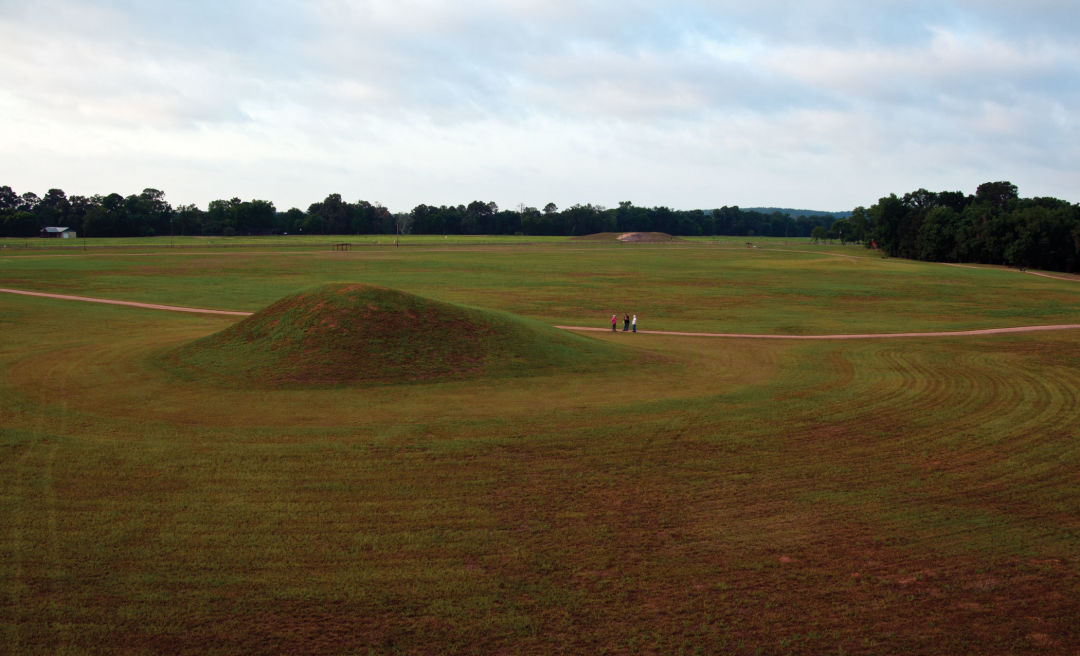
Image: Kevin Stillman/TxDOT
When in the area, a visit to the former home of the Caddo is in order. Just up the road in Alto, the Caddo Mounds State Historic Site comprises a museum both of Caddo culture and of the chaos that ensued when Europeans arrived in the village the natives had occupied for close to a thousand years.
The centerpiece of the site is a trail leading to the last vestiges of the Caddo people who once claimed this entire territory. I walked a grassy loop, stopping at Caddoan mounds where rituals took place and civic and religious leaders were buried along with servants and family. Taken together with the trip to Mission Tejas, it provided a fascinating look at happenings in Texas during the time of Charlemagne—a refreshing change for a state where history often means only the last couple of centuries.

